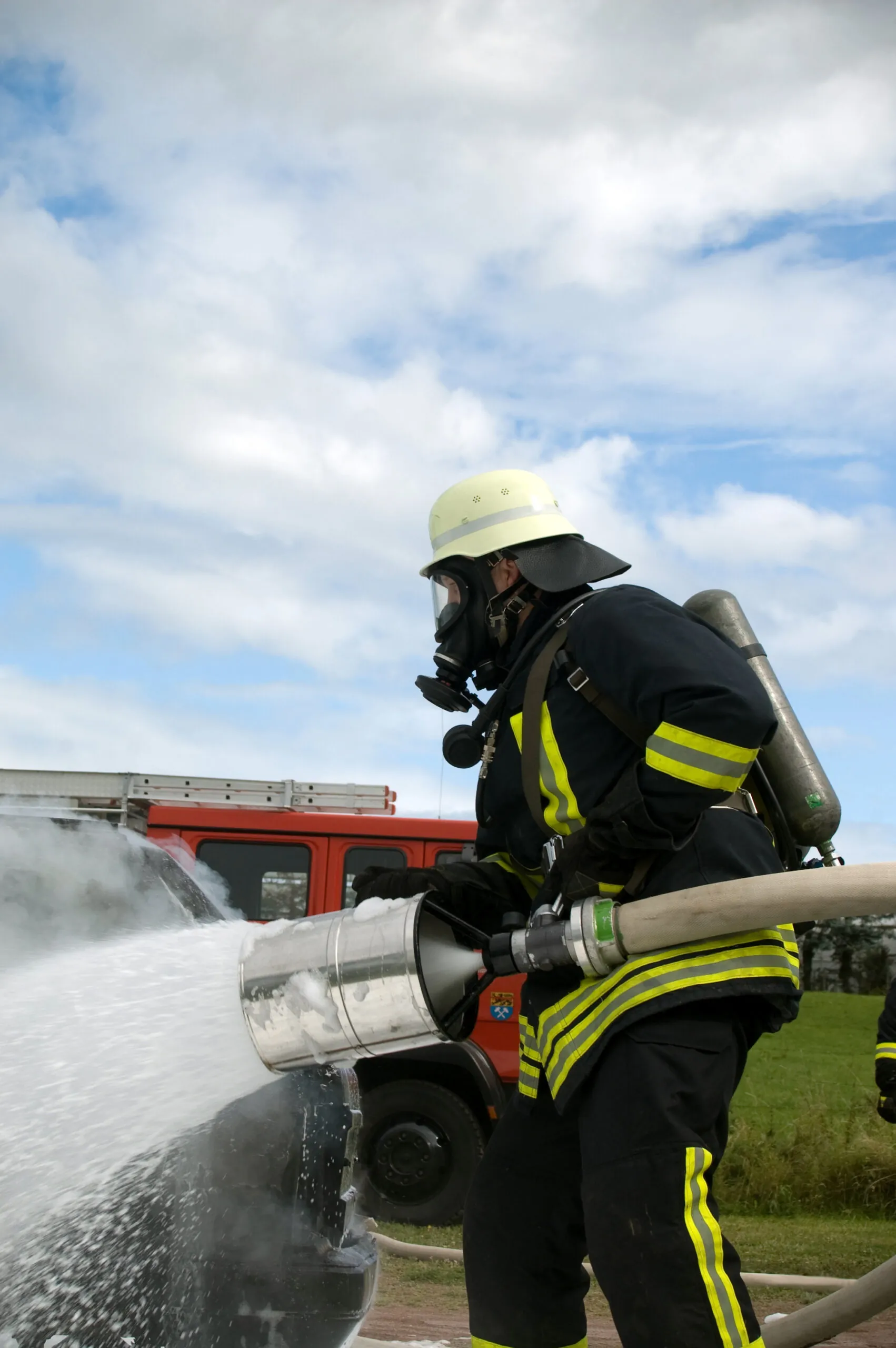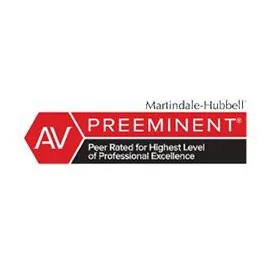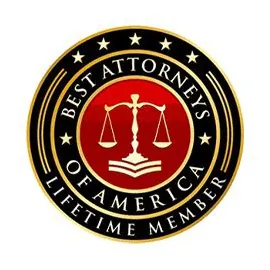Raleigh, NC: (919) 277-9299
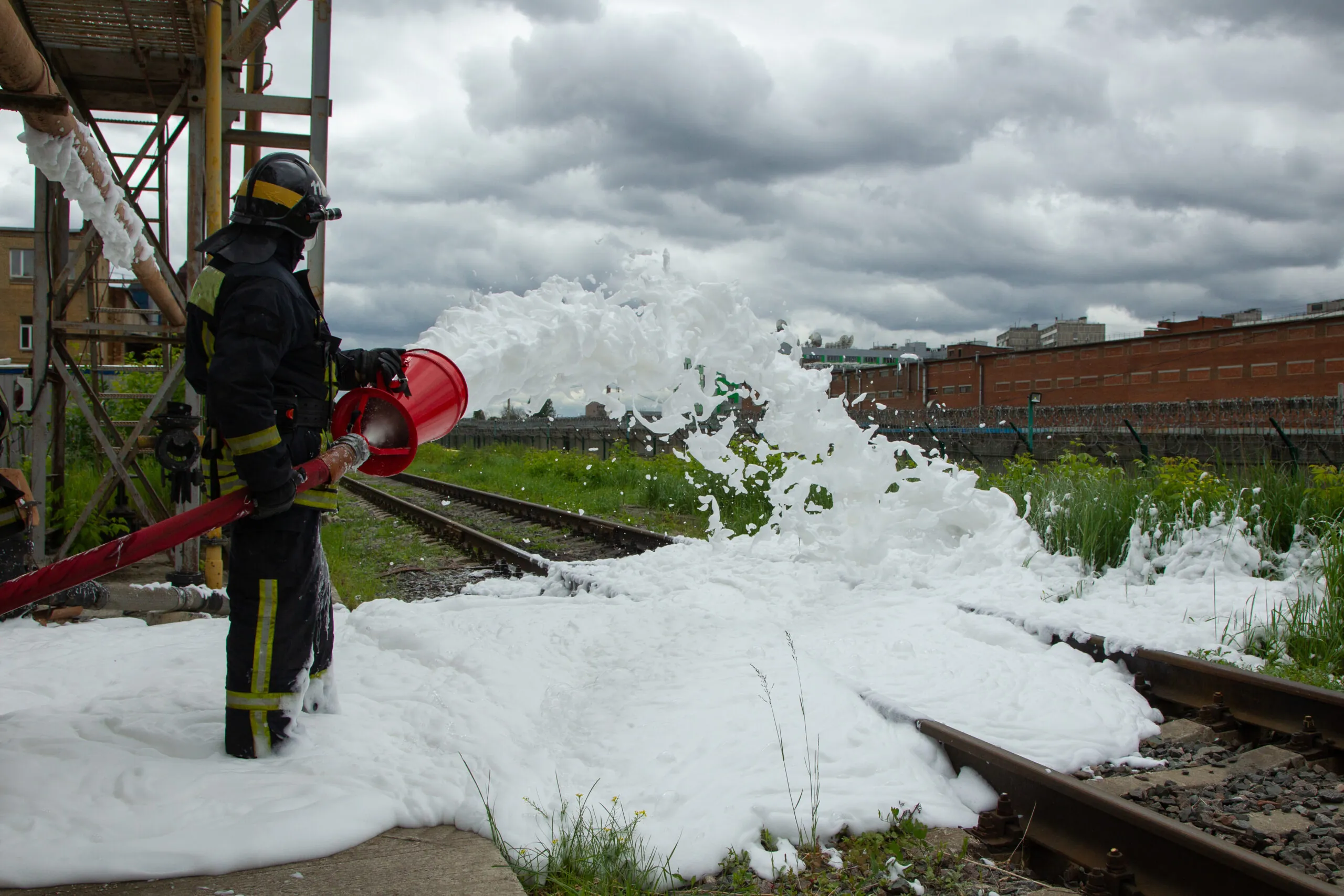
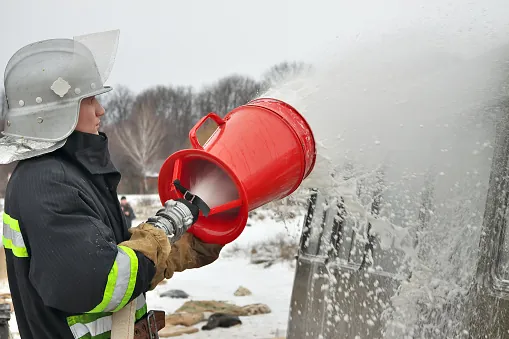
About Aqueous Film-Forming Foam
Aqueous film-forming foam is a chemical agent used to suppress fires fueled by gas, oil, and other flammables. This suppressant has been used since the 1960s and is touted for its effectiveness at blanketing flames and preventing flammable liquids from spreading. But the same foam used to protect communities and military bases from fire hazards is also responsible for causing devastating health issues and diseases.
AFFF suppressants’ dangerous PFAS ingredients do not organically degrade in the human body, in wildlife, or in natural environments. Firefighting foam is hazardous at the time of exposure and due to its persistence, the harmful effects continue long after the initial contact.
Dangers of Firefighter Turnout Gear
Firefighters wear turnout gear, which includes coats, pants, gloves, boots, and helmets, to protect themselves during fire responses. Manufacturers used PFAS chemicals in the textiles to enhance the gear’s performance. This gear often includes three layers, one of which is an inner thermal barrier that comes into direct contact with firefighters’ skin. Recent studies are confirming that dermal exposure causes carcinogenic PFAS compounds to accumulate in firefighters’ bodies. Manufacturers concealed evidence of the hazardous nature of the gear and its potential to cause firefighters harm.
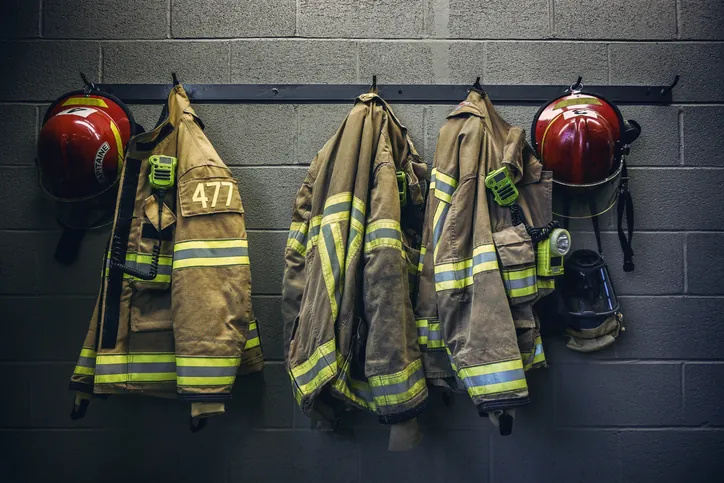
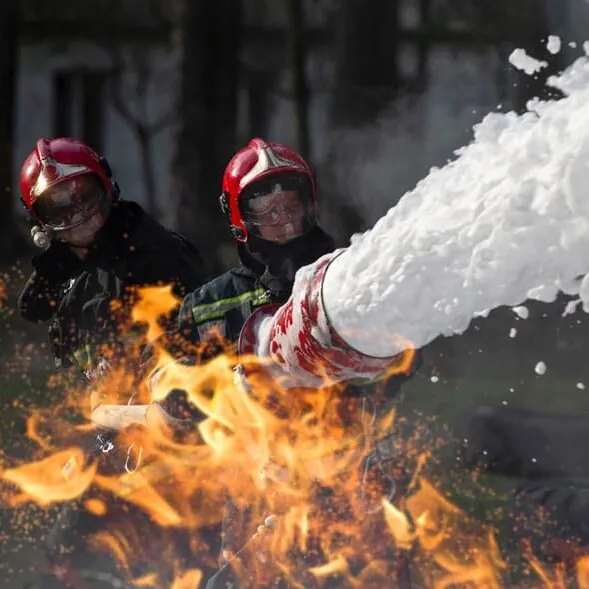
Health Impacts of PFAS Exposure in AFFF and Turnout Gear
Prominent health organizations, including The Centers for Disease Control and Prevention (CDC), United States Environmental Protection Agency (EPA), and the American Cancer Society (ACS), have acknowledged potential links between specific PFAS chemicals and cancer among firefighters.
The Working Group for the International Agency for Research on Cancer (IARC) classified PFOA (perfluorooctanoic acid) and PFOS (perfluorooctanesulfonic acid) as carcinogenic to humans (Group 1) and possibly carcinogenic to humans (Group 2B), respectively. These cancerous PFAS have been used in AFFF for decades.
Ongoing research has so far established a connection between AFFF exposure and the following diseases:
The AFFF Lawsuit
AFFF lawsuits are legal actions brought by plaintiffs who include firefighters and/or their families, alleging that manufacturers failed to disclose information about the hazardous nature of the chemical suppressant in the firefighting foam, or about the risks of wearing turnout gear that is made using textiles containing PFAS.
Due to the resounding number of lawsuits, these claims have been consolidated into a Multidistrict Litigation (MDL) in the District Court of South Carolina. The process of MDLs may be unfamiliar to you, but these legal proceedings streamline administrative tasks and increase efficiencies, without losing the merits of each complainant.
Due to the resounding number of lawsuits, these claims have been consolidated into a Multidistrict Litigation (MDL) in the District Court of South Carolina. The process of MDLs may be unfamiliar to you, but these legal proceedings streamline administrative tasks and increase efficiencies, without losing the merits of each complainant.
When you and your fellow firefighters file AFFF lawsuits under the counsel of Bell Legal Group, you won’t be lost in the crowd. Instead, your voices will join thousands of others, making this effort impossible to ignore.
Who Qualifies To File an AFFF Lawsuit?
Any individual with previous exposure to AFFF and/or turnout gear and diagnosed with a qualifying injury, including kidney cancer, testicular cancer, thyroid cancer, or liver cancer, may be eligible to bring a claim. Because of the widespread use of hazardous firefighting suppressants, tens of thousands of military and civilian firefighters nationwide may be eligible.
Due to the resounding number of lawsuits, these claims have been consolidated into a Multidistrict Litigation (MDL) in the District Court of South Carolina. The process of MDLs may be unfamiliar to you, but these legal proceedings streamline administrative tasks and increase efficiencies, without losing the merits of each complainant.
Due to the resounding number of lawsuits, these claims have been consolidated into a Multidistrict Litigation (MDL) in the District Court of South Carolina. The process of MDLs may be unfamiliar to you, but these legal proceedings streamline administrative tasks and increase efficiencies, without losing the merits of each complainant.
When you and your fellow firefighters file AFFF lawsuits under the counsel of Bell Legal Group, you won’t be lost in the crowd. Instead, your voices will join thousands of others, making this effort impossible to ignore.
Civilian Firefighters
To file a lawsuit, you must have worked with AFFF and subsequently were diagnosed with cancer linked to PFAS chemicals in the suppressant. Firefighters at risk may have been directly exposed by operating extinguishing equipment or cleaning foam waste, or put in harm’s way by wearing turnout gear with these same toxic chemicals.
But even if you were not on the front line handling AFFF, you may still have the right to file a claim. Personnel with ancillary roles may also have handled this noxious foam when testing Class B extinguishers, instructing fire and rescue courses, or performing maintenance at training sites.
Military Members
Enlisting in the armed forces has always included associated risks, but soldiers weren’t warned about firefighting foam. Countless military members have been unknowingly exposed to dangerous AFFF since its use began in the 1960s.
The Navy considers every sailor a firefighter, and historically, AFFF exposure began at boot camp for these recruits. Firefighting is a noble military career that soldiers consider themselves fortunate to earn. But the decades-long use of AFFF suppression systems has put these men and women at risk, and the Air Force and others are only now beginning to eliminate the use of PFAS chemicals.When you and your fellow firefighters file AFFF lawsuits under the counsel of Bell Legal Group, you won’t be lost in the crowd. Instead, your voices will join thousands of others, making this effort impossible to ignore.
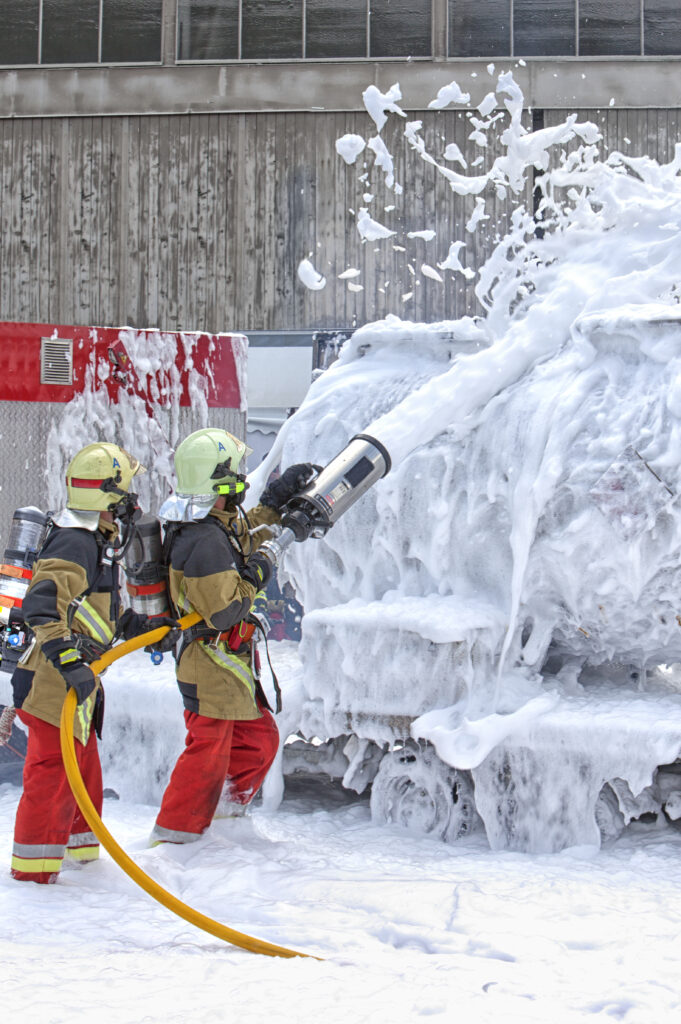
How To Choose an AFFF Attorney
Once it’s confirmed you qualify for an AFFF lawsuit, your journey starts with these steps:
1 | Gather Information To Support Your AFFF Exposure Claim
Supporting documentation helps validate the damaging effects of toxins on your health and finances. Our case managers work tirelessly, using any resources or networks at our disposal to collect information to prove your claim. Combining these documents with your employment or military records helps validate your story and hardships. A strong AFFF case begins with the following information:
2 | File the Claim Into the MDL Identifying the Responsible Parties
To enter the litigation, the manufacturers of the AFFF products must be named. Some firefighters cannot recall the brand name of the foam or turnout gear product that was used, but an AFFF attorney can help pinpoint which suppressants you may have used at the military base or airport where you were employed during the exposure period.
Don’t stand quietly by while manufacturers escape liability. It only takes a couple of steps to hold the companies that knowingly introduced dangerous chemicals into workplaces and communities accountable. Any firefighter affected by the chemicals within AFFF deserves to have their story heard, and Bell Legal Group is here to help.
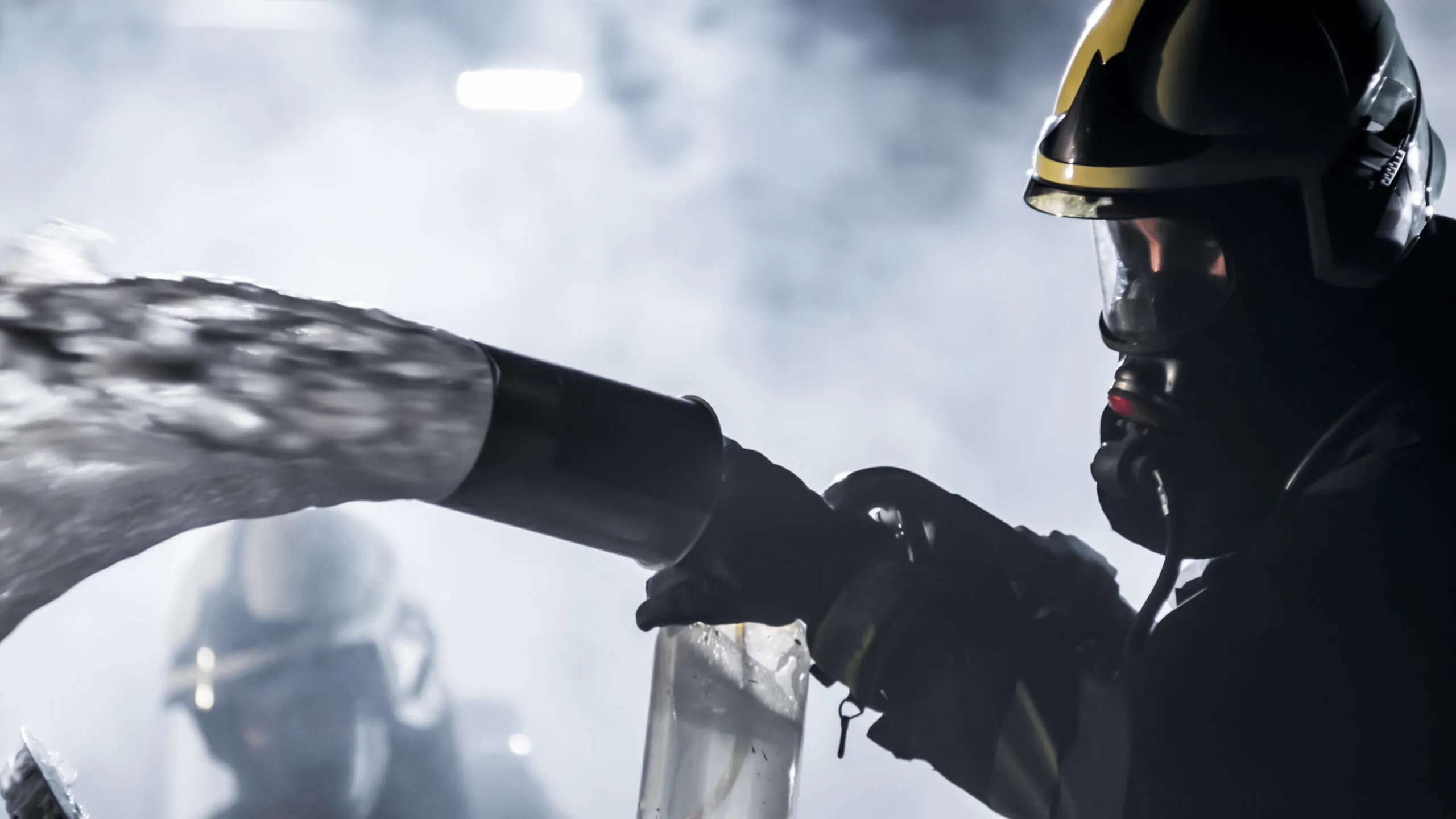
Progress Report: The Military’s Switch to PFAS-Free AFFF Replacements
The Government Accountability Office (GAO) investigation1 revealed many military installations still stock—and deploy—aqueous foam for combatting fuel fires, despite numerous…
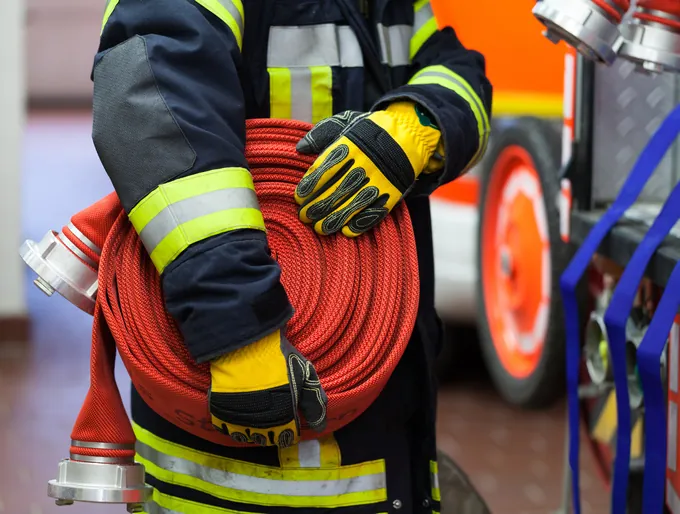
How AFFF Changed Firehouse Culture
Steven started at the firehouse at 18 and has embraced the culture wholeheartedly, even after AFFF toxins and contaminated firefighter…
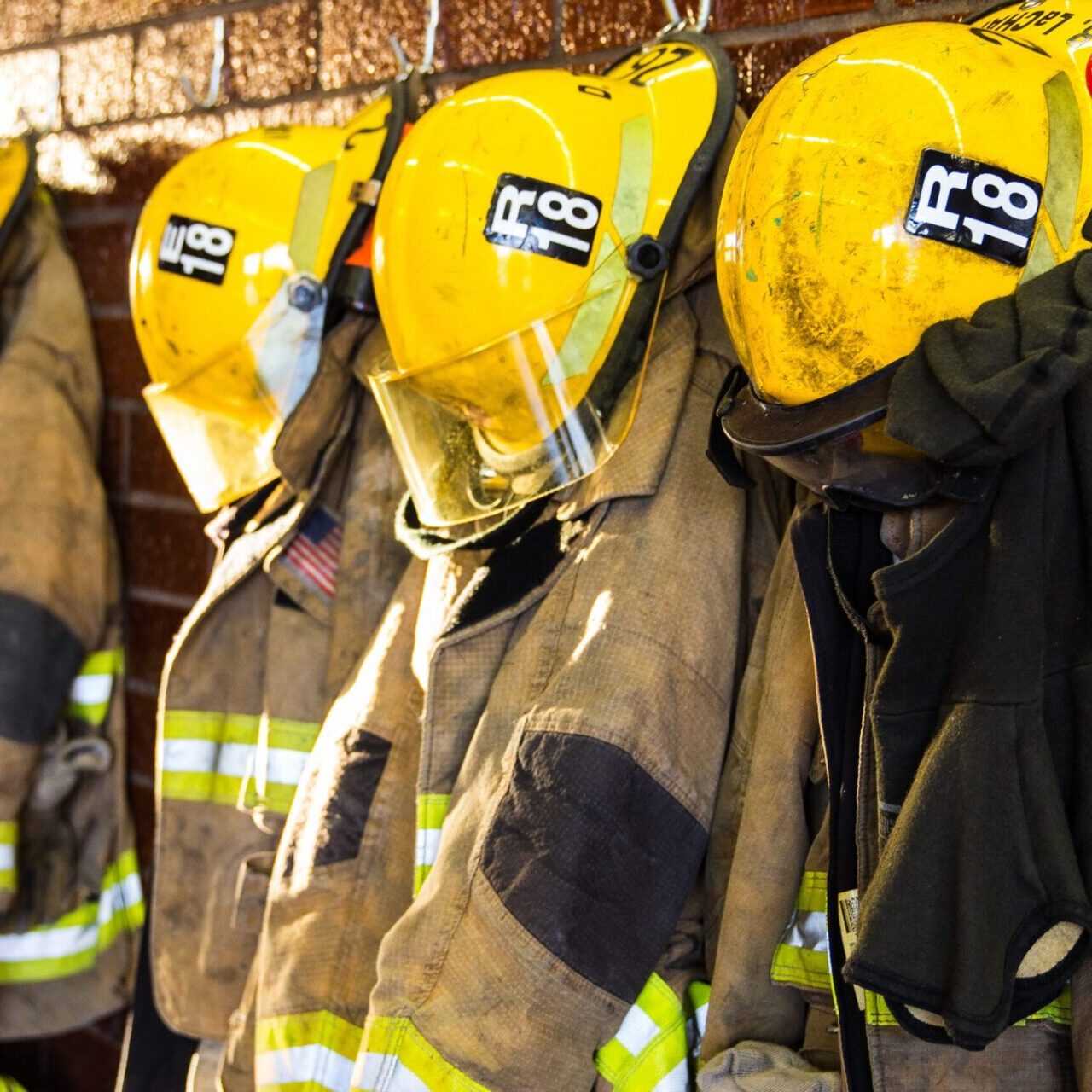
Study Confirms Skin as an Exposure Pathway for PFAS in Firefighting Foam
A new study on PFAS, the toxic compound in aqueous film-forming foam (AFFF), confirmed that dermal absorption is a viable…

Then and Now: How Forever Chemicals Changed Firefighting
Forever chemicals profoundly affected firefighting, and decades later these compounds continue to influence the industry, only this time for the…
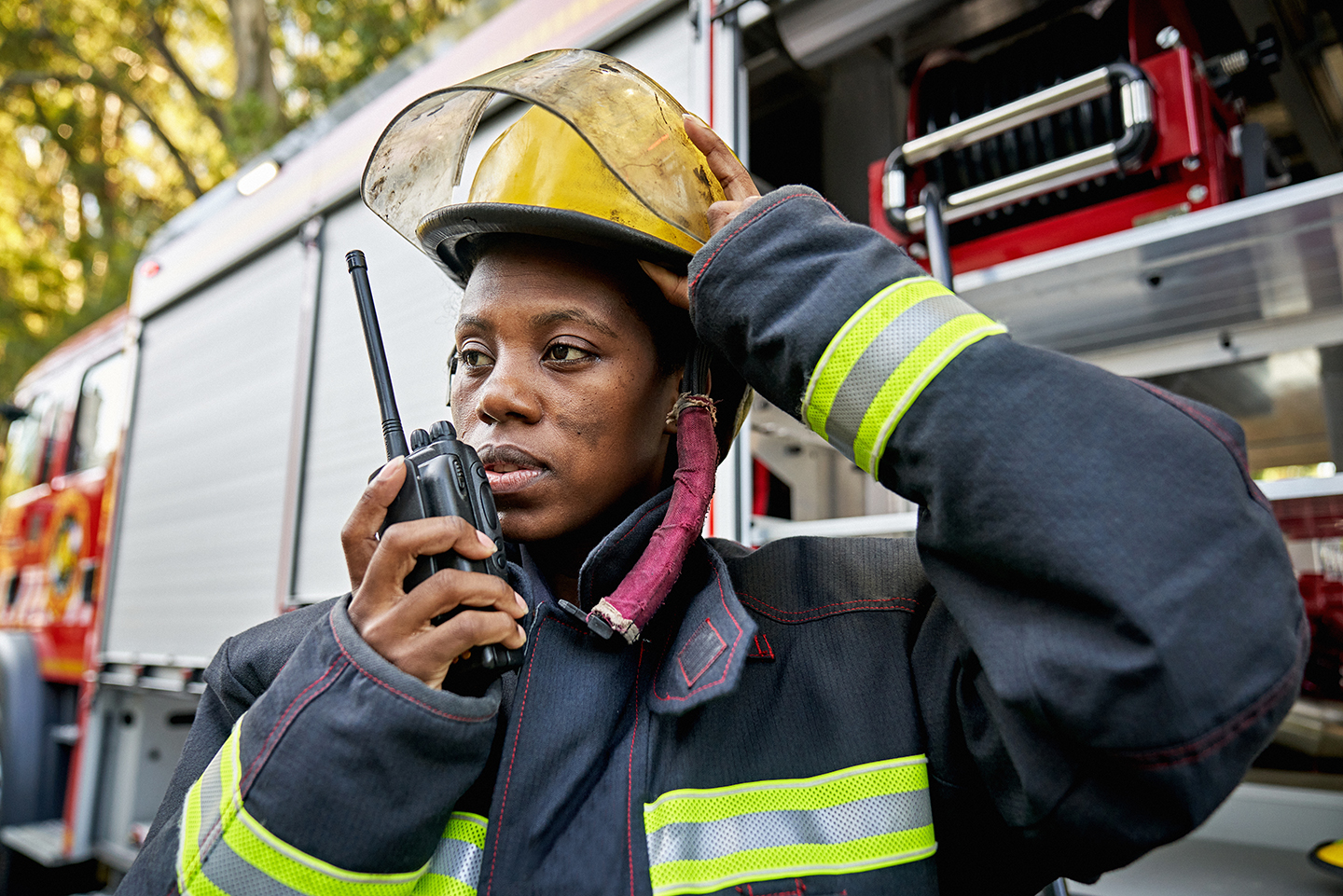
Beyond the Symptoms: The Impact of AFFF Exposure
The symptoms from Aqueous Film-Forming Foam (AFFF) exposure are debilitating, but the impact of using these suppressants stretches beyond physical…

How AFFF Manufacturers Marketed to Fire Departments
Aqueous Film-Forming Foam (AFFF) manufacturers fooled fire departments for years with marketing tactics that emphasized the foam’s benefits instead of…

How Changing to Alternative Foams Will Change Firefighting Tactics
Waving goodbye to aqueous film-forming foam (AFFF) firefighting techniques and welcoming alternative methods that use safer concentrates is a long-overdue…

How Safety Data Sheets for AFFF Misled Firefighters
Safety Data Sheets (SDS) for AFFF have misled firefighters from the start, revealing warnings for eye and skin irritation, but…

How Much Exposure to AFFF Is Safe?
Even as the hazards of PFAS (the per- and polyfluoroalkyl substances in AFFF) became hot topics at manufacturing headquarters, the…
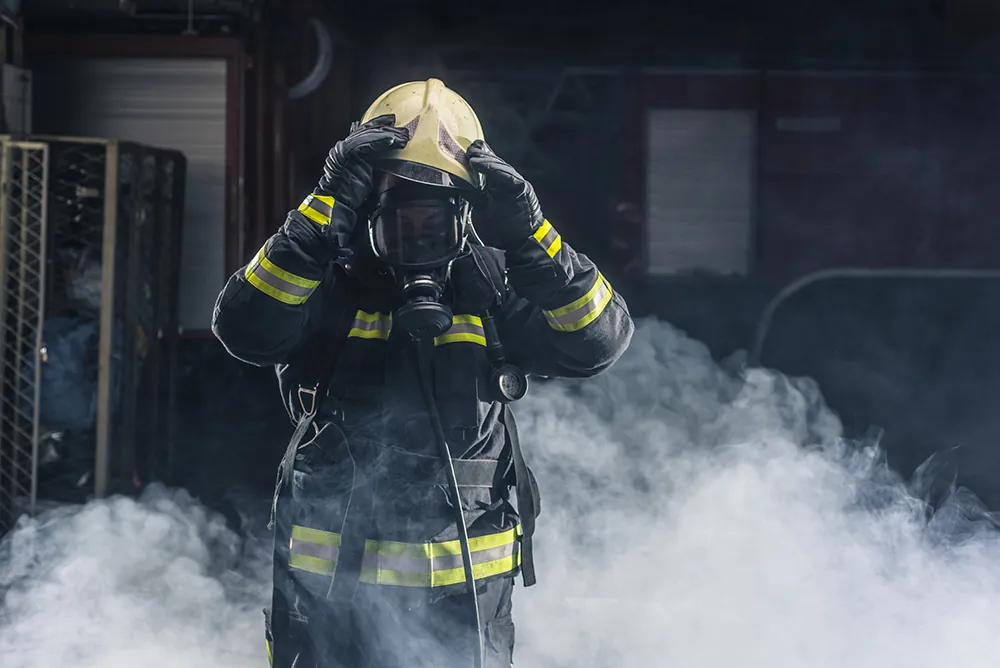
AFFF Terms and Acronyms: What Do They Mean?
Fire foam acronyms hold a lot more meaning than what’s offered at face value, especially to firefighters and their families…
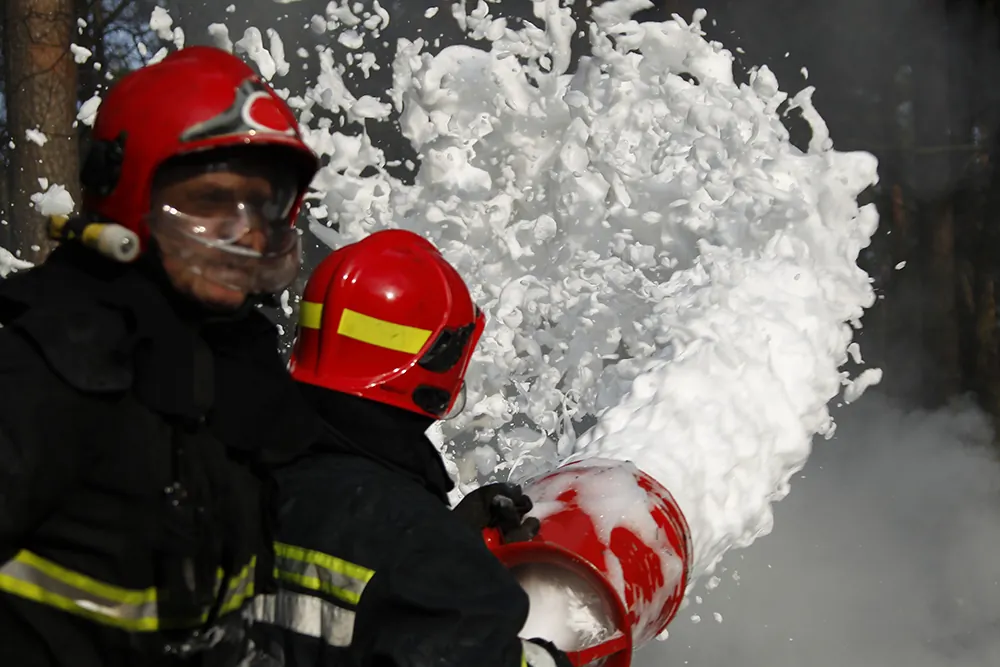
Why Changing From C8 to C6 Foam Didn’t Improve Firefighter Safety
The chemical backbones of C8 versus C6 fire foams are not so different that choosing one over the other drastically…

FAQs: Science-Based Answers to Common Questions About AFFF
Gathering facts about aqueous film-forming foam (AFFF) is necessary to understand the current health and environmental crisis caused by these…
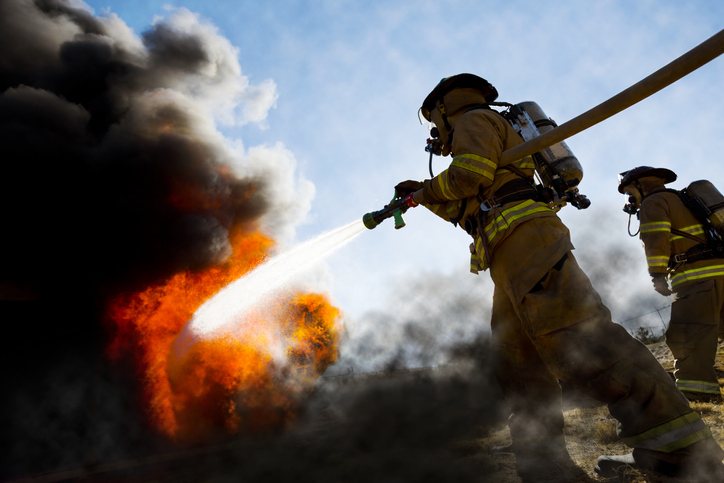
Myths and Misconceptions About AFFF and PFAS
The hazards of aqueous film-forming foam (AFFF) have been shrouded in myths and misconceptions since its inception in the 1960s.…

A Timeline of AFFF Use and Regulatory Developments
The aqueous film-forming foam (AFFF) timeline from when its use began until today reveals many failings, but recent developments offer…
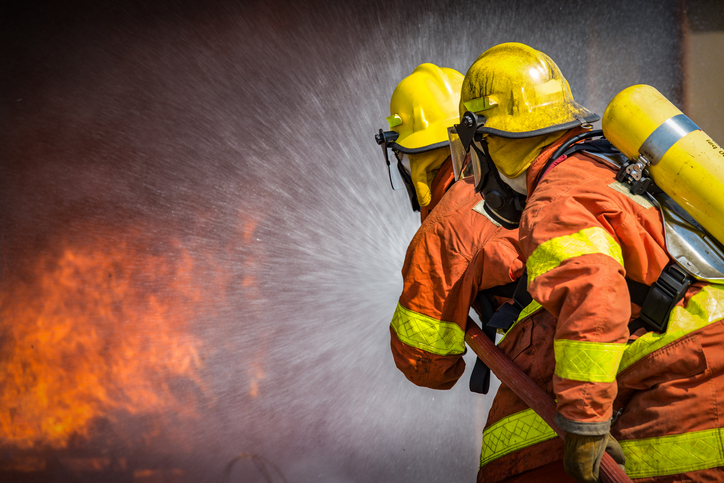
AFFF Exposure From Firefighter Gear and Training
AFFF exposure puts many first responders at an increased risk even when wearing firefighting gear. Had firefighters known the facts…

The Lifecycle of AFFF From Production to Disposal
Following aqueous film-forming foam (AFFF) from the manufacturing process to its sale and use reveals the number of people at…
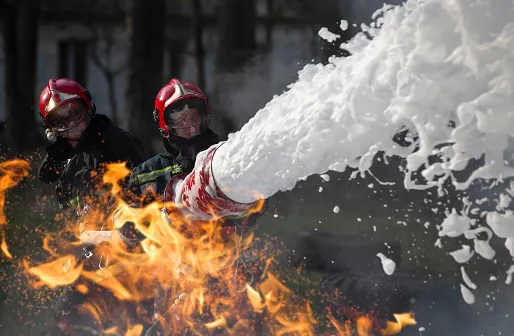
The Chemistry of Aqueous Film-Forming Foam vs. Firefighting Alternatives
The biggest chemical difference between AFFF and FFF firefighting suppressants is whether the foams were manufactured with fluorine. When carbon…

